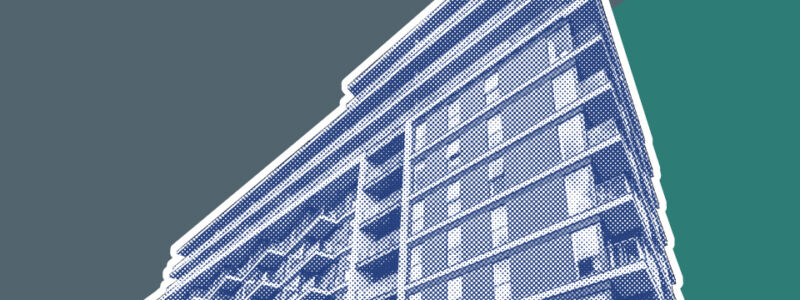The critical role of Multi-Disciplinary Teams in building safety and standards
The critical role of Multi-Disciplinary Teams in building safety and standards
HSE as the Building Safety Regulator (BSR) is transforming how higher-risk buildings (HRBs) are regulated in England, and one of the key elements of BSR’s approach is the use of Multi-Disciplinary Teams (MDTs). These teams bring together experts from various fields, all working collaboratively to improve building safety and standards and ensure regulatory compliance.

How Multi-Disciplinary Teams are deployed
Multi-Disciplinary Teams are composed of professionals from different disciplines, including registered building inspectors, fire specialists, structural engineers, and other specialists as needed. Each higher-risk building project is assigned a dedicated MDT, led by BSR. This team works together to advise BSR’s decision-making.
MDTs are designed to ensure that all relevant experts are involved in the process from day one. By bringing together professionals with expertise in areas like structural integrity, fire safety, and environmental impact, MDTs make sure that every aspect of a building’s safety is thoroughly evaluated throughout the lifecycle of the building.
How the MDT operates will differ depending on the subject or project. For building control projects an MDT may guide the safety and standards process from initial building control approval to completion of the project. On Building Assessment Certification applications, the MDT will work together to assess the evidence and advise BSR if certification should be granted. For other activities such as the provision of technical advice, an MDT may be established for a specific question to be answered before the MDT is stood down.
MDTs are formed based on the specific requirements of each project phase and the specific skills and expertise required, so for each regulatory activity, there may be multiple MDTs involved at different stages.
MDTs remain involved throughout the construction process, conducting inspections, offering regulatory advice, and assessing any changes to the building’s design or structure. Following occupation, MDTs will be involved with the assessment of safety case reports, conducting inspections, and giving technical advice.
MDT responsibilities
For example, once a building control project begins, the MDT assigned to the project is responsible for:
- Assessing Applications: The team reviews the initial building control application and works together to assess all submitted plans.
- Setting an Inspection Schedule: MDTs agree an inspection schedule focused on compliance with the functional requirements of the building regulations throughout the building’s construction.
- Inspections and Interventions: The team conducts inspections to ensure that the construction meets the required safety and standards and takes immediate action if any issues arise.
- Ongoing Communication: The MDT provides a lead contact for the applicant, enabling communication throughout the process.
- Completion Certificate Review: At the end of the project, the MDT reviews the ‘as-built’ documentation to confirm that the finished building meets all requirements before issuing a completion certificate.

MDT collaboration
While assessing plans and conducting inspections is not a new concept, the MDT model introduces a more collaborative method of delivering these services. Each team member brings their specific expertise to the table, ensuring no relevant risk is overlooked. This multi-disciplinary approach is crucial for higher-risk buildings, where the complexity of the development requires a range of specialists to ensure every standard is met.
The strength of the MDT lifecycle lies in its continuity and accountability. From the initial design phase through to the building’s long term occupation, the MDT remains actively involved, overseeing the building safety and standards processes, advising on compliance, and intervening when necessary. For example, if any concerns arise, they can recommended immediate compliance or enforcement action. This continuous engagement means that building safety and standards isn’t just a box to be ticked at the beginning of a project but an ongoing priority that evolves with the building.
Throughout the process, BSR plays a central role in managing and coordinating each MDT. BSR ensures that relevant duty holders are fully informed to enable their compliance with building standards; offering project support and case management to streamline communication and operations.
Local authorities and fire and rescue services also work closely with BSR in MDTs. The provision of assistance for multi-disciplinary teams explains how they effectively work with BSR within these teams to meet legal obligations and duties in regulating higher-risk buildings and construction work.
The use of MDTs marks a significant shift in how building safety and standards is regulated. By ensuring that all necessary expertise is involved from the outset, this method seeks to prevent dangerous oversights and improves overall safety and standards for higher-risk buildings in England. BSR is committed to leading this change and ensuring that the safety of residents remains a top priority.